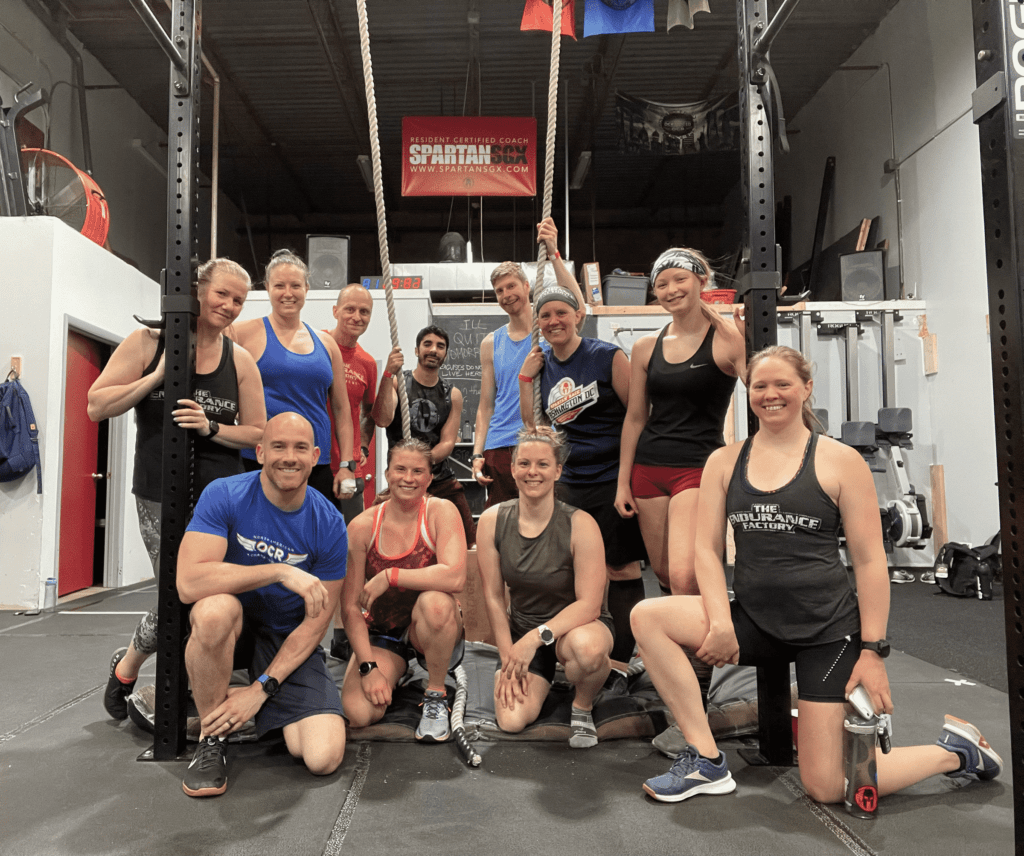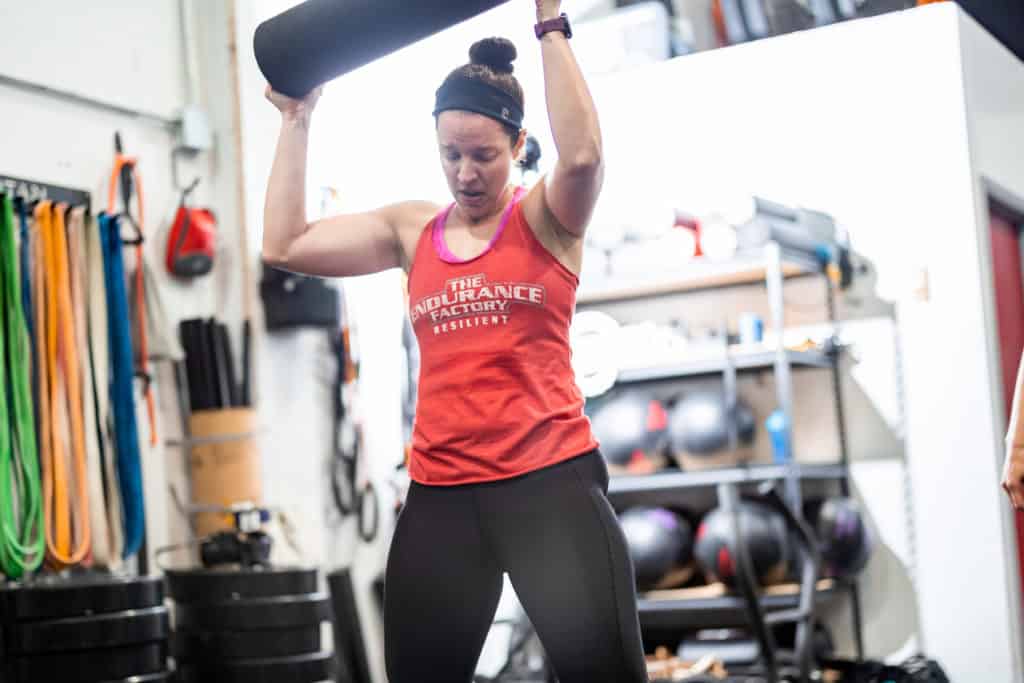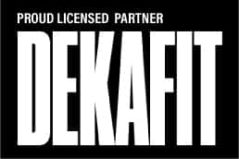Olympic weightlifting mastery requires an intricate understanding of biomechanics and precision. This article provides 14 essential tips to refine your form in lifts such as the snatch and clean & jerk, enhancing performance and mitigating injury risk. Whether you are a seasoned athlete or a novice, these insights will facilitate your journey to mastery. We focus on technique, balance, stability, and targeted training, underlining their pivotal roles in achieving optimal lift efficiency.
Table of Contents
ToggleKey Takeaways
- Understanding the basics of Olympic weightlifting is crucial for mastering the snatch and clean & jerk lifts.
- Proper form and technique are essential for optimal performance and safety.
- Coaches play a crucial role in teaching correct posture and techniques.
- Comprehensive warm-up and stretching techniques are important for preparing the body for weightlifting.
Understanding Olympic Lift Basics
To excel in Olympic weightlifting requires understanding the basics of the two core lifts: the snatch and the clean & jerk.
These lifts require a combination of strength, precision, and explosive power. Mastery of Olympic weightlifting begins with the development of proper form and a solid understanding of lift technique.
The snatch involves lifting the barbell from the floor to overhead in one smooth, rapid motion. The clean & jerk, on the other hand, is a two-part lift. The athlete first ‘cleans’ the weight from the floor to the shoulders, then ‘jerks’ it overhead. Both lifts demand specific foot and body positions for optimal power and safety.
A critical aspect of form is the proper grip. The grip should be secure yet flexible, allowing for swift and fluid movement of the barbell. The lifter’s foot position serves as the foundation for the lift, providing stability and facilitating the generation of upward momentum.
Training intensity is also a key factor in Olympic weightlifting. It should be carefully managed to optimize performance while minimizing the risk of injury. It is through the meticulous refinement of these elements that an athlete can truly excel in Olympic weightlifting.
Importance of Proper Form in Olympic Weightlifting
Mastering proper form enhances performance and reduces the risk of injury in Olympic weightlifting. The importance of proper form cannot be overstated. It ensures the harmonious combination of strength, power, speed, and flexibility, all essential attributes of this sport.
Proper form begins with training. Coaches, with their wealth of experience and technical knowledge, are instrumental in teaching correct posture and techniques. Their keen eye for detail facilitates the correction of mistakes, making your training more effective.
Safety measures are intrinsic to proper form. A wrong move or a slight shift in balance can cause significant injuries. Hence, the need for meticulous attention to every aspect of your movement. Additionally, proper equipment plays a crucial role, providing the necessary support and stability, thus reinforcing safety.
Warm-up and Stretching Techniques
A well-devised warm-up prepares your muscles, enhances your mobility and flexibility which are key for executing lifts effectively.
Implement bodyweight exercises into your warm-up routine to stimulate blood flow and activate muscle groups. These exercises provide a dynamic and functional approach to warming up, closely replicating the movements in weightlifting. Following this, stretching sequences are essential to further increase flexibility and prevent injury. Opt for both dynamic and static stretches, targeting major muscle groups involved in weightlifting.
In addition to physical preparation, pre-workout meals play a crucial role in fueling your body. Balanced, nutrient-rich foods provide sustained energy and improve performance. Remember, a well-fueled body responds better to training demands.
Lastly, your mental focus is just as important. A focused mind leads to a more productive workout, ensuring every lift and movement is deliberate and purposeful. By incorporating these techniques, you not only enhance your physical performance but also cultivate the resilience and determination necessary for Olympic weightlifting.
Mastering the Snatch Lift
The snatch lift, a complex movement, demands the application of strength, coordination, and explosive power for the accurate handling of an Olympic barbell.
Training programs tailored towards snatch lift mastery focus on skill development, emphasizing technique alongside strength building. Consistent practice under the guidance of a seasoned coach will aid in honing your form, power, and timing. Attention to detail, such as the positioning of your hands, the grip of your wrist wraps, and the extension of your hips, is critical in this stage.
However, gaining proficiency in the snatch lift isn’t solely about proper execution; it also includes mistake analysis. Identifying and rectifying errors in your form or technique are paramount aspects of progress. Knowledge of common lifting errors, coupled with a proactive approach in avoiding them, will fast-track your journey to snatch lift mastery.
Perfecting Clean & Jerk Lift
The clean & jerk is an exercise that involves two main actions, the clean that lifts the barbell from the floor to the shoulders, and the jerk that elevates the barbell overhead.
Each part demands different aspects of physical prowess and technique. Leg strength is vital for the initial pull in the clean, while shoulder strength is crucial for the jerk. Speed under the bar, and strong hip drive, are both essential for moving the heavy weights effectively.
Professional guidance is invaluable for mastering these advanced techniques, as they can provide real-time feedback and personalized plans. Here is a table summarizing the key points:
| Clean & Jerk Parts | Key Strengths Required | Advanced Techniques |
|---|---|---|
| Clean | Leg Strength | Speed Under the Bar |
| Jerk | Shoulder Strength | Hip Drive |
To master the clean & jerk, one must understand and perfect these components. It’s a test of both physical and mental fortitude, and demands a commitment to training, technique, and progression.
Importance of Core Strength
Core stability is fundamental in maintaining body alignment and balance during explosive lifts such as snatches, clean & jerks, squats, and deadlifts. The muscles involved, primarily the abdominal and back muscles, provide the necessary stability to control the barbell’s movement and the athlete’s own body.
Back strength is equally essential, offering support and protection for the spine during lifts. A strong back can significantly reduce the risk of injury and enhance overall athlete performance. Strength training exercises focused on the core and back, therefore, should be an integral part of every weightlifter’s regimen.
Weightlifting belts, when used appropriately, can further support the core and back during heavy lifts. However, they are not a substitute for core strength. Rather, they are a tool to enhance the effectiveness of a strong core.
Role of Weightlifting Shoes
Weightlifting shoes like the Nike ROMALEOS 4 and Adidas Powerlift provide stability, a solid base for lifters, and a safe stance for executing lifts. The heels are elevated, which aids in deep squatting positions, enhancing the mind-body connection during various skill learning stages.
Proper weightlifting shoes are indispensable tools in pushing boundaries and achieving personal records. The elevated heel and solid base allow for improved posture, precise weight distribution, and better balance, all of which are essential for lifting heavier weights. The shoes also provide the necessary grip, preventing slips and promoting safety.
Moreover, weightlifting shoes contribute to muscle support, allowing for proper rest between sets, essential for optimal performance and injury prevention. It’s important to note that not all shoes are created equal. Selection should be based on factors such as comfort, durability, and design efficiency.
Training Frequency
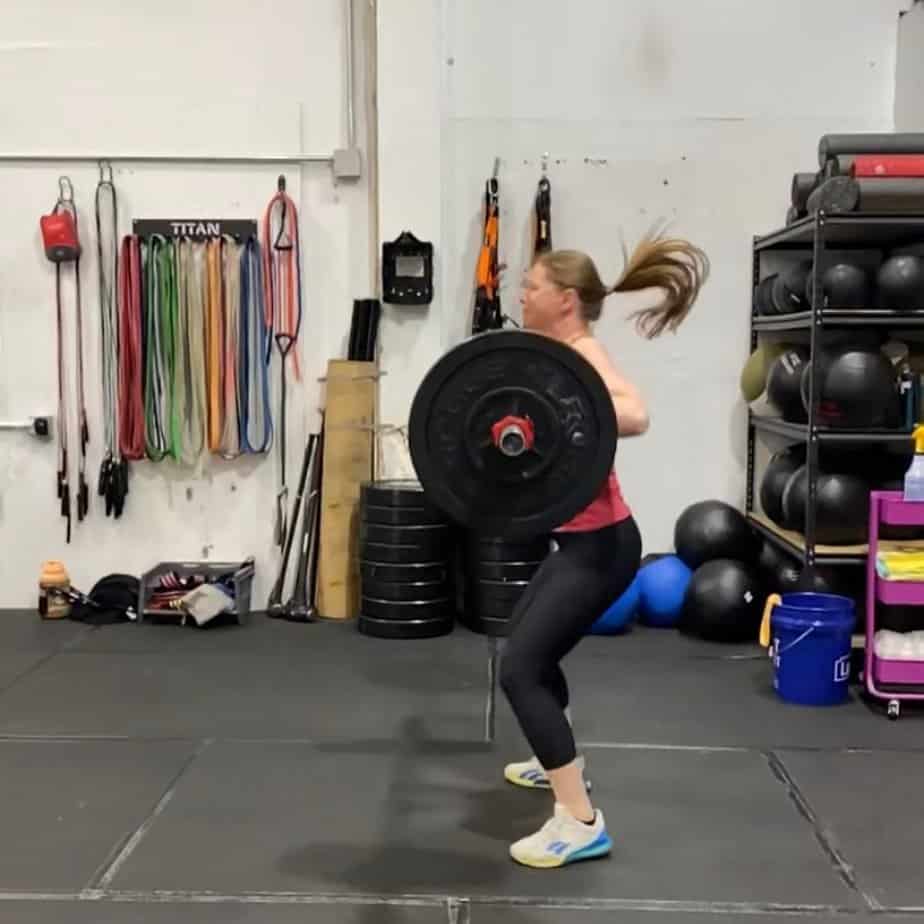
Training frequency plays a crucial role in optimizing workout sessions, promoting progressive overload, and avoiding injuries. Training frequency can be guided by the principles of consistency, specificity in training, and the strategic implementation of training cycles. Consistency ensures regular muscle engagement, progressive resistance, and continuous progress.
Specificity in training, on the other hand, involves focusing on key lifts and movements specific to Olympic weightlifting, honing your technique and form. Lastly, training cycles allow for the systematic increase in training intensity and volume, facilitating progressive overload and encouraging muscle growth.
To strike the perfect balance in training frequency, consider the following points:
- Prioritize rest and recovery: This ensures your muscles have adequate time to heal and grow, reducing the risk of injuries.
- Gradually increase frequency: A gradual increase can help your body adjust to higher volumes and intensities, promoting progressive overload.
- Listen to your body: Adjusting your training frequency based on your body’s responses can help optimize your workouts and prevent overtraining.
Hiring a Weightlifting Coach
Hiring a certified weightlifting coach can optimize your Olympic weightlifting form. A coach can provide a personalized training plan, taking into account your unique genetics and current level of endurance. They can teach the nuances of powerlifting, offering guidance on training variables such as volume, intensity, and frequency.
A coach can also help develop an athlete mindset, which is critical for success in this demanding sport. Mental conditioning, including strategies for managing stress and maintaining focus, is a key part of this process.
The following table outlines some key considerations when hiring a weightlifting coach:
| Consideration | Description |
|---|---|
| Credentials | Ensure the coach is certified and experienced in Olympic weightlifting. |
| Training Approach | The coach should provide a personalized plan, focusing on your specific needs and goals. |
| Mindset Coaching | Look for a coach who prioritizes mental conditioning as well as physical training. |
Nutrition for Olympic Weightlifters
The right nutrition – ensuring a balanced, high-protein and energy-rich diet – is fundamental to enhancing your performance and recovery. Proper nutrition fuels the body for intensive training sessions and supports restorative processes post-workout.
Essential elements of a weightlifter’s diet include:
- Protein: Required for muscle repair and growth. Amino acids in protein-rich foods stimulate protein synthesis and muscle recovery.
- Carbohydrates: Provide energy to fuel workouts and replenish glycogen stores.
- Fats: Vital for hormone production and absorption of fat-soluble vitamins.
Hydration is equally crucial, as it affects performance metrics and impacts energy levels. Consuming ample fluids, especially during training, helps maintain optimal body function. Post-workout meals should be a balance of protein and carbohydrates to aid recovery.
Recording your dietary intake and progress in training diaries can be beneficial for progressive adaptation and identifying individual weaknesses. Nutrition should be tailored to your specific needs and adjusted based on performance outcomes. Ultimately, nutrition plays a vital role in your weightlifting journey, from enhancing performance to ensuring healthy recovery. Remember, a well-fueled body is a high-performing one.
Overcoming Common Injuries
Addressing the inevitable risk of common injuries in Olympic weightlifting and strategies for overcoming them is important. Injuries typically occur at failure points during a lift and can range from minor to severe. The key to overcoming and preventing injuries lies in a combination of effective load management, employing suitable protective equipment like knee sleeves and elbow straps, engaging in supplemental training, and utilizing recovery techniques.
| Injury Type | Prevention & Recovery Strategy |
|---|---|
| Ligament Sprains | Use of knee sleeves and elbow straps, sports physiotherapy |
| Tendon Strains | Load management, sports physiotherapy |
| Fractures | Rest, medical treatment, sports physiotherapy |
| Dislocations | Proper technique, supplemental training |
| Concussions | Use of safety equipment, rest, medical treatment |
Sports physiotherapy plays a crucial role in both the prevention and recovery of these injuries. It combines strength and flexibility exercises with manual therapy to rehabilitate and optimize muscular function. Alongside this, recognizing your body’s failure points and working on them through supplemental training can significantly reduce the risk of sustaining an injury. In conclusion, overcoming injuries in Olympic weightlifting requires a comprehensive approach involving protective equipment, physiotherapy, and personalized training strategies.
Training Versus Competition Balance
Striking a harmonious balance between rigorous training and competitive performance is a crucial aspect of mastering Olympic weightlifting as both elements require meticulous attention to detail, discipline, and commitment.
In the pursuit of achieving this balance, the following areas need to be considered:
- Competition preparation
- Training environment
- Routines and habits
Competition preparation is essential in the journey towards becoming an expert weightlifter. It includes honing your skills, refining your technique, and building mental resilience. The training environment should be conducive to enhancing focus, fostering motivation, and promoting continuous improvement. It should be equipped with the necessary resources and support to aid in periodization, a systematic approach to training that balances intensity and volume over time.
Routines and habits play a significant role in time management and overtraining avoidance. Regular schedules, rest periods, and consistent practice help establish a rhythm that enhances performance while avoiding burnout. Motivation is a driving force that fuels the discipline needed to stick to these routines and habits.
Maintaining a balance between training and competition is a dynamic process that requires constant evaluation and adjustments. This balance is pivotal in achieving the desired performance in Olympic weightlifting.
Olympic Lifting in CrossFit
CrossFit, a high-intensity fitness regimen, incorporates Olympic weightlifting as a core component of its training program. The blend of strength, speed, and precision required in Olympic lifts like the snatch and clean & jerk helps in developing overall functional fitness. Mastering these lifts involves a deep understanding of certain techniques and principles.
| Technique | Description | Impact |
|---|---|---|
| Breathing techniques | Proper inhalation and exhalation during lifts | Greater stability and power |
| Hook grip | Thumb under fingers around the bar | Enhanced grip strength and security |
| Mental imagery | Visualization of successful lift execution | Improved focus and performance |
Recovery is vital in CrossFit, as the intensity of workouts demands a high level of recuperation. This includes quality sleep, nutrition, and active rest strategies to ensure the body is given ample opportunity to rebuild and strengthen.
The Psychology Behind Weightlifting
The psychology behind weightlifting involves not just lifting weights but also managing the mental stresses that accompany this physically demanding sport.
Understanding the psychology behind weightlifting involves several key areas:
- Focus and concentration: A weightlifter must be able to block out distractions and concentrate solely on their lifts. This mental focus is crucial in performing the lifts correctly and safely.
- Resilience and determination: Weightlifting is a sport of constant progress and setbacks. A weightlifter must be resilient and determined, ready to overcome failures and keep pushing towards their goals.
- Confidence and belief: A weightlifter must have confidence in their abilities and believe in their potential to lift heavier weights. This belief fuels their motivation and drives their performance.
Balancing these mental aspects with physical training can lead to optimal performance in weightlifting. Developing mental toughness, just like physical strength, is a vital part of a weightlifter’s training regimen. It’s this combination of physical prowess and psychological resilience that sets apart truly successful weightlifters.
Can Olympic Lifting Make me Healthier?
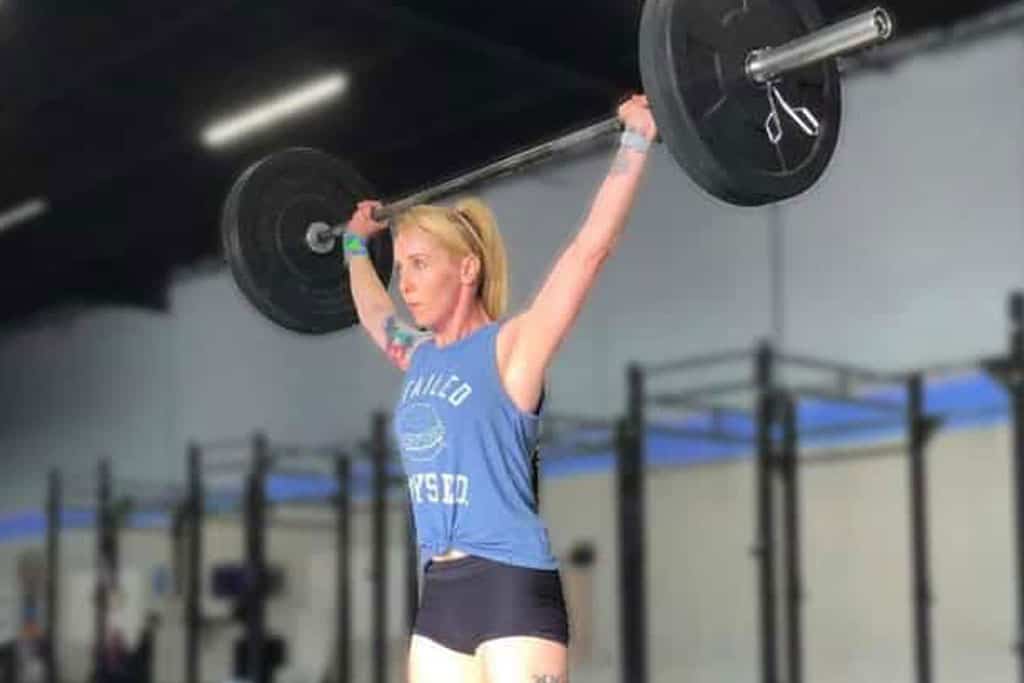
Olympic lifting is a comprehensive regimen that promotes not only physical strength but also a healthier lifestyle.
| Olympic Lifting | Health Impact | Emotional Response |
|---|---|---|
| Strengthens Muscles | Reduces risk of injury | Confidence in physical capabilities |
| Enhances Cardiovascular System | Promotes heart health | Increased vitality and energy |
| Builds Stamina | Enhances endurance | Persistence in the face of challenges |
| Promotes Flexibility | Decreases risk of strains | Freedom in movement and agility |
| Boosts Metabolism | Aids in body fat reduction | Satisfaction in physical appearance |
Olympic lifting strengthens muscles, enhancing physical robustness and reducing injury risks. It also requires high-intensity, fast-paced movements that improve the cardiovascular system, promoting heart health. The rigorous training involved builds stamina, enhancing your endurance for other physical activities. Furthermore, the need for a wide range of motion in lifts promotes flexibility, reducing the risk of strains. The high-intensity nature of the sport also boosts metabolism, aiding in body fat reduction.
With a disciplined approach to training and nutrition, Olympic lifting can certainly contribute to a healthier you. Always remember to practice good form and prioritize safety to reap the full benefits of this powerful sport.
History and Evolution of Olympic Weightlifting
Over the past century, Olympic weightlifting has undergone significant transformations, evolving from a sport initially dominated by European nations to an internationally recognized competition that showcases the pinnacle of human strength and technique governed by the International Weightlifting Federation. It’s not just about brute strength; the sport requires a blend of power, speed, flexibility, and impeccable technique. It demands intense focus and determination, setting it apart from many other competitive sports.
The evolution of Olympic weightlifting can be highlighted in three key areas:
- Introduction of weight classes: Initially, there were no weight divisions. Today, the International Weightlifting Federation recognizes ten categories for men and ten for women, ensuring fair competition.
- Technique revolution: Over time, athletes refined their lifting techniques to increase efficiency and reduce injury risk. The split style of lifting has largely been replaced by the more efficient squat style.
- Gender inclusivity: Women’s weightlifting was included in the Olympic Games only in 2000, marking a significant step towards gender equality in the sport.
Understanding the evolution of Olympic weightlifting offers insights into how the sport’s rules, techniques, and equipment have been fine-tuned over the years to optimize performance and ensure fairness.
Frequently Asked Questions
What Are the Potential Disadvantages of Weightlifting and How Can They Be Managed?
Weightlifting has potential disadvantages such as risk of injury and physical strain. These can be managed through proper form, regular rest periods, balanced nutrition, and professional guidance to ensure safe and effective training routines.
Are There Specific Considerations for Weightlifters Who Follow a Vegetarian Diet?
Vegetarian weightlifters should prioritize protein intake for muscle recovery and growth using plant-based sources. Including a variety of foods ensures adequate essential amino acids and micronutrients, vital for optimal performance and overall health.
What Are the Key Differences Between Men’s and Women’s Weightlifting?
Men’s and women’s weightlifting differ mainly in terms of weight categories, physiological attributes, and records. Women typically have lower body mass and strength, leading to lighter weight classes and different lifting records.
What Is the Sinclair Score and How Is It Calculated in Olympic Weightlifting?
The Sinclair Score in Olympic weightlifting is a formula that equalizes total weight lifted across different body weights. It’s calculated by multiplying an athlete’s total weight lifted by a coefficient based on their body weight.
Conclusion
In conclusion, Olympic weightlifting necessitates the perfect blend of power, agility, and technique. Mastery of the form, understanding the biomechanics, and targeted training can significantly enhance performance and reduce injury risk. The sport’s inclusion in CrossFit and its potential health benefits further underscore its value. The historical evolution of Olympic weightlifting illustrates its enduring appeal and relentless pursuit of perfection, underscoring its significance in the athletic world.


